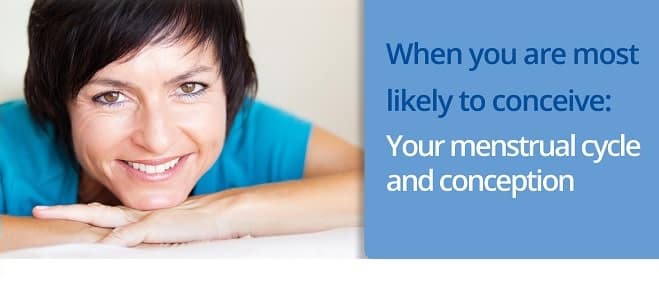

By Dr Andrew Zuschmann, City Fertility Centre Sydney Miranda.
For many women, trying to conceive can be a challenging time. Learning to understand your body’s menstrual cycle and to recognise the signs of ovulation may help you feel more in control.
Ovulation is a female’s most fertile time of the month, when the egg is released from the ovary. A Fertility Awareness Calendar can help you predict your ovulation date.
To calculate your “fertile window”, you need to know the length of your menstrual cycle (which can vary from 23 to 35 days or longer). A menstrual cycle is the number of days from the first day of your last period to the first day of your next one. So, if your cycle is 28 days, subtract 14 days from the first day of your last period to identify the day you are likely to ovulate.
If your cycles are irregular, or vary in duration each month, your ovulation date will be difficult to calculate. While ovulation urine tests may be useful, you may want to consider seeking further advice from your GP or a fertility specialist.
As your menstrual cycle progresses, check your cervical mucus daily. It changes in consistency, depending on the stage of your cycle. Around the time of ovulation, your cervical mucus becomes slippery, stretchy and clear.
After ovulation, your temperature can increase by about 0.2C. While you won’t notice this change, you may be able to identify it by using a basal body temperature (BBT) thermometer. This temperature increase is a sign you have ovulated. Releasing an egg (ovulation) stimulates the production of the progesterone hormone, raising your body temperature.
Note your temperature each morning for a few months so you can identify a pattern and your likely ovulation date.
Your likelihood of conceiving is substantially increased if you have sexual intercourse in the three days leading up to and including ovulation, which are the most fertile days in your menstrual cycle. This is when the egg is moving down the fallopian tube, waiting to be fertilised. The egg can survive for up to 24 hours after ovulation, while sperm can survive and fertilise an egg for two to four days in the fallopian tubes.
I encourage patients to have unprotected intercourse every two days throughout the female’s “fertile window”. This means that sperm are ready and waiting for the egg when the female ovulates. If you wait until after ovulation to have sex, you will probably miss the opportunity to conceive that month.
If you have not fallen pregnant after 12 months (six months if you are aged over 35) of unprotected intercourse with regular menstrual cycles, you should seek advice from your GP or fertility specialist.
Image courtesy of Shutterstock.com







